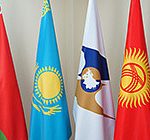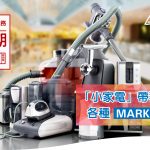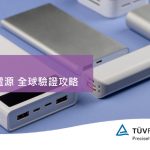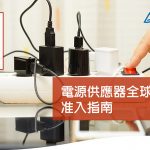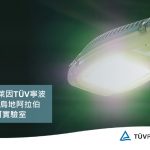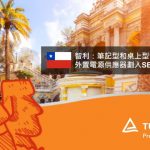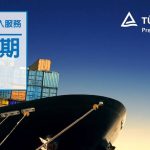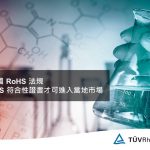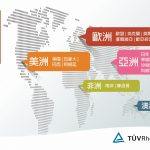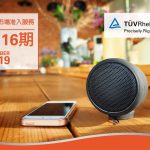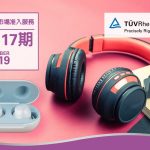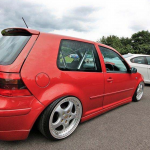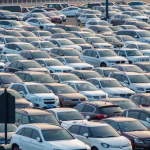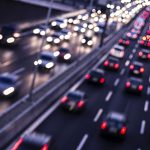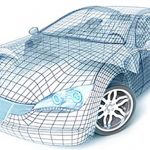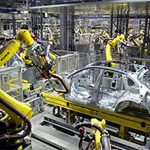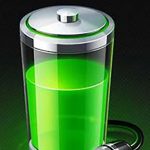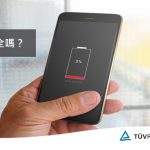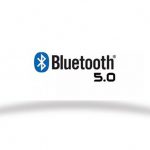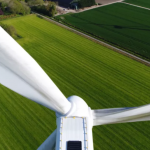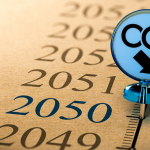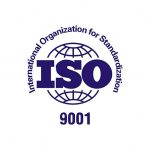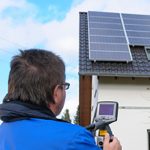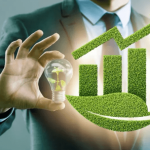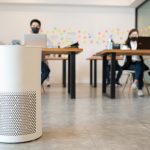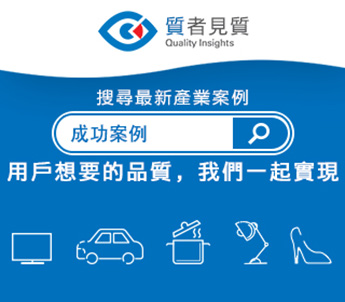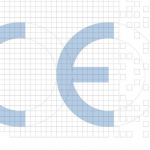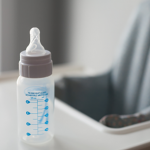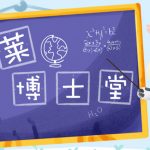消除消費品中塑膠微粒的擔憂 Allaying concerns over microplastics consumption from consumer products

一個塑膠瓶裝的新鮮果汁不僅可滿足您的營養飲食需求,且還含有100萬片微小的塑膠顆粒。在最近的一項研究【1】中,科學家們發現,英國的嬰兒每天透過飲用塑膠奶瓶中的配方奶,攝入超過300萬片塑膠微粒。該研究結果引起公眾的廣泛關注。在某種程度上,我們缺乏立法來控制我們日常生活中與塑膠微粒的接觸。
A plastic bottle of fresh juice not only provides nutrients for your dietary needs, but also contains a million tiny plastic particles. In a recent study [1], scientists have revealed that babies in the UK consume over three millions pieces of microplastics daily through the drinking of formula milk from plastic feeding bottles. This revelation has caused widespread public concern. In particular, there is a lack of legislation to control exposure to microplastics in our daily lives.
除嬰兒奶瓶以外,還需關注其他聚丙烯產品中的塑膠微粒釋放。例如,在歐盟和英國市場上,大約60%和91%的電水壺是由聚丙烯製成的。來自英國不同製造廠商的三個水壺的測試表明,在一次煮沸過程中,每升有超過1,000萬聚丙烯塑膠微粒被釋放到水中【2】。
Besides infant feeding bottles, the release of microplastics from other PP products are also the cause of concern. For example, around 60% and 91% of electrical kettles in the EU and UK market are made of PP. Tests involving three kettles from different manufacturers in the UK revealed that over 10 million PP microplastics/litre are released into water during a single boil [2].
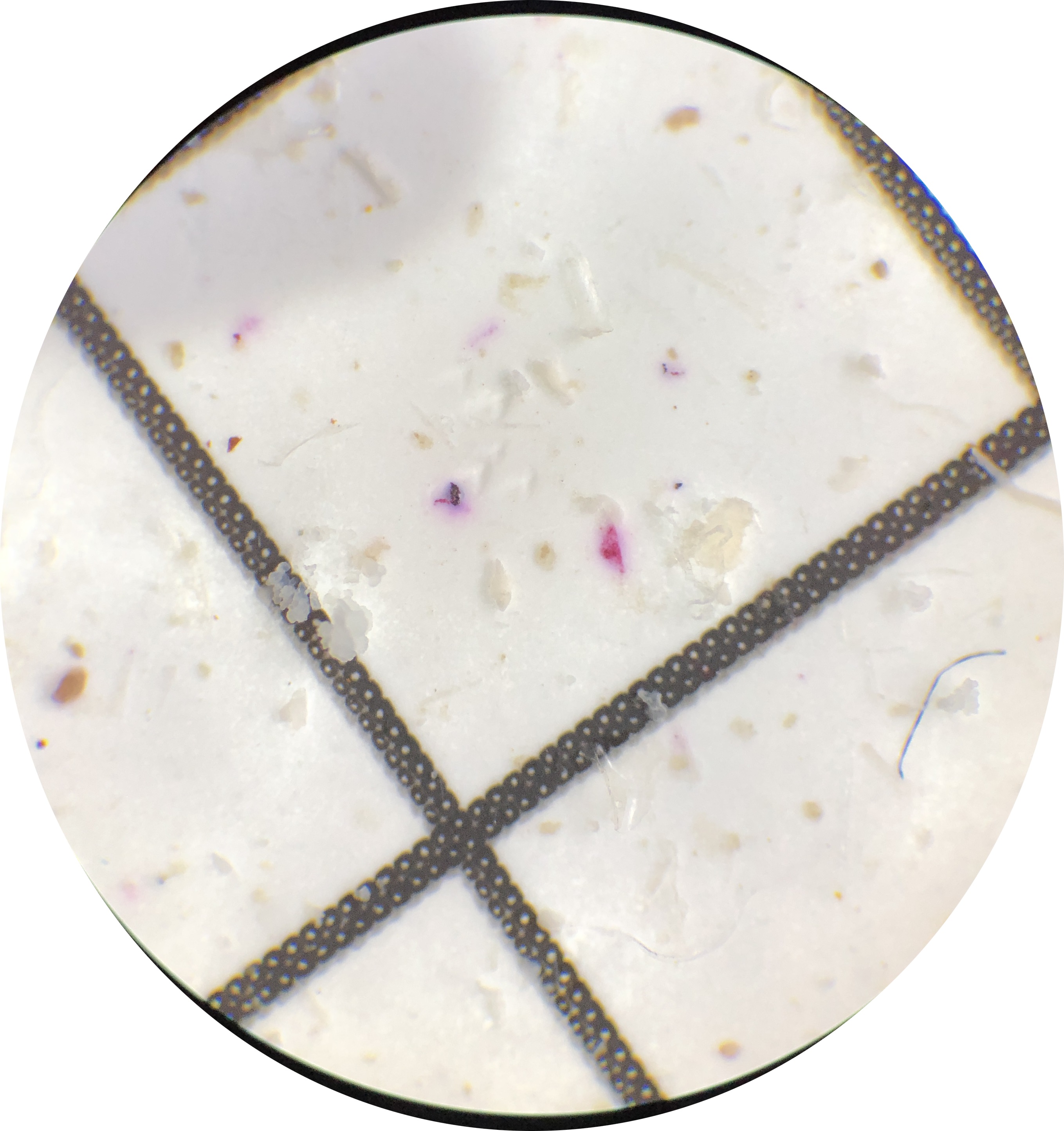
塑膠微粒是一種無形的塑膠污染物,是由一組尺寸,形狀,材質類別和化學成分不同的聚合物微粒組成。目前對塑膠微粒還沒一個標準的定義,但一般都是依照其尺寸來進行分類。依照廣義定義【3】,任何尺寸小於5毫米的聚合物顆粒都被視為塑膠微粒。
Microplastics are invisible plastic pollutants, constituting a group of tiny polymer particles that differ in size, shape, material type, and chemical composition. There is currently no standard definition of microplastics, but in general, they are categorized based on their size. Under a broad definition [3], any polymer particles with a size smaller than 5mm are considered a microplastic.
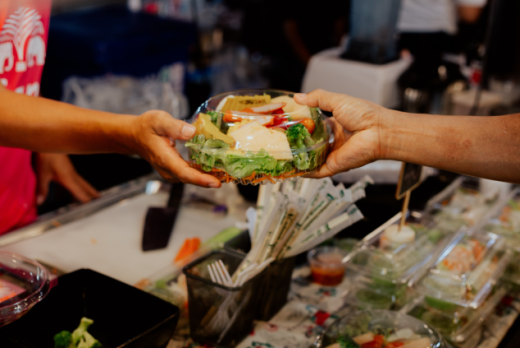
塑膠微粒是一種持久性污染物。由於塑膠食品包裝的污染,它不僅存在於環境中,且存在於人類的日常飲食中。依照世界衛生組織(WHO)2019年發佈的報告【4】,由聚丙烯(PP),聚乙烯(PE),聚苯乙烯(PS),聚氯乙烯(PVC)和PET塑膠製成的瓶裝飲用水中經常檢測到塑膠微粒。此外,食品包裝的熱處理,如滅菌過程,可能會導致產品中的塑膠降解引起塑膠微粒釋放。用於泡茶的塑膠茶包已經被發現含有塑膠微粒,這是降解塑膠食品包裝中塑膠微粒釋放的典型示例。為最大限度地減少塑膠微粒的釋放,用玻璃等更安全的替代品代替塑膠食品容器可能是一個明智的選擇。
Microplastics are a persistent pollutant. They have been found not only in the environment, but also exist in the human diet due to contamination from plastic food packaging. According to a report [4] published by the World Health Organisation (WHO) in 2019, microplastics are frequently detected in drinking water from bottles made of polypropylene (PP), polyethylene (PE), polystyrene (PS), polyvinyl chloride (PVC), and PET plastic. In addition, thermal treatment of food packaging, such as the sterilization process, may contribute to the release of microplastics resulting from the degradation of the plastic in these products. Tea brewed using plastic-based teabags has been found to contain microplastics, a typical example of the release of microplastics from degraded plastic food packaging. With a view to minimizing the consumption of microplastics, replacing plastic food containers with a safer alternative, such as glass, could be a wise choice.
儘管塑膠微粒物質廣泛存在於環境中,甚至存在於人類的日常飲食中,但人們對於塑膠微粒對人類健康潛在影響的認識卻十分有限。塑膠微粒顆粒可能會轉移至循 環系統和不同的組織中。因此,科學家們擔心,塑膠微粒可能攜帶病原體或有毒化學物質進入人體【5】。
Although microplastics have been found to exist widely in the environment, and even in the human diet, knowledge of the potential health impacts of microplastics on humans is limited. Microplastic particles can potentially translocate into the circulatory system and different tissues. Scientists are concerned that microplastics may carry pathogens or toxic chemicals into the body [5].
為保護您的產品免受塑膠微粒污染,德國萊茵TÜV集團(TÜV Rheinland)提供專家評審服務,協助您識別產品中可能存在的塑膠微粒污染風險。依照我們的全球實驗室網路,德國萊茵TÜV集團可進行進一步的材質分析,以協助您識別食品包裝產品中是否存在塑膠微粒。
To safeguard your products from microplastic contamination, TÜV Rheinland offers an Expert review service to assist you in identifying possible microplastic contamination risk in your products. With our worldwide network of laboratories, TÜV Rheinland can conduct further material analysis to help you identify the presence of microplastics in your food packaging products.
—————————
[1] The Guardian, Bottle-fed babies swallow millions of microplastics a day, study finds, 19 October 2020
[2] Michael TS, Sven K, Axel K, et al. 2019. Determination of particles produced during boiling in different plastic and glass kettles via comparative dynamic image analysis using FlowCam. Analytik News.
[3] Arthur C, Baker J, and Bamford H. 2009. Proceedings of the international research workshop on the occurrence, effects and fate of microplastic marine debris, Sept 9−11, 2008. National Oceanic and Atmospheric Administration.
[4] ECHA. 2019. Mapping exercise – Plastic additives initiative
[5] Prata JC, da Costa JP, Lopes I, et al. 2020. Environmental exposure to microplastics: An overview on possible human health effects. Sci Total Environ. 702:134455.
Photo by Lisa Johnson from Burst
Photo by Cindy Lam
Photo by cottonbro from Pexels
相關話題
【食品接觸容器】 Food Contact Material 環球法規介紹
【食品接觸容器】食品接觸容器中的非蓄意添加物質NIAS
【食品接觸容器】德國LFGB 食品煙草製品化妝品和其它日用品管理法
【食品接觸容器】法國DGCCRF食品接觸材料及測試
【食品接觸容器】美國 FDA 食品接觸容器產品品質檢測服務
【食品接觸容器】台灣食品器具容器包裝衛生標準
【食品接觸容器】中國食品安全法
竹製品一定天然? 用錯更傷身
論一個”帶飯黨”的基本素養
你認為這些環保產品安全嗎?
熱門分享
